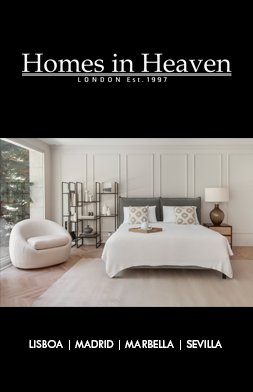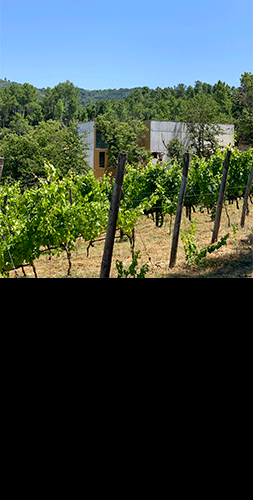From afar, your eyes become rushed, subtly skimming past standardised constructions that have been built over the years, before suddenly landing in an oasis of monumental heritage, a work of huge artistic value that stands out for its grandeur and its history. Merely mentioning we are in Queluz is enough for your thoughts to race towards the magnificent Queluz National Palace.
It was commissioned in 1747 by the then prince Dom Pedro, on the same site on which an old seventeenth-century manor house already existed. The initial project was designed by Mateus Vicente de Oliveira, the architect of the Casa do Infantado. Subsequently, other work campaigns aimed at the extension and ennoblement of the future royal palace followed, and Mateus Vicente was joined by, among others, Frenchman Jean-Baptiste Robillion, who would later be responsible for the Throne Room, the Ambassadors’ Room and the Music Room, adding the Lion Staircase and the Robillion Pavilion to the initial project. The upper gardens were also created by the Frenchman, designed in the fashion of Versailles and punctuated by statues inspired by classical mythology, where the main façades open. In fact, the Palace is often compared to the Palace of Versailles, although it differs from Louis XIV’s creation in terms of the scale and proportions that its design reveals, perhaps with a more balanced distribution of graphic values, within a neoclassicism still very attached to rococo.
Queluz National Palace is marked primarily by French and Italian influences.
A summer residence and for celebrations, Queluz National Palace became the permanent home of the court until the royal family left for Brazil in 1807. Queen Carlota Joaquina and, at a later date, her son Dom Miguel lived here ‘in exile’. King Pedro IV also briefly inhabited the palace, dying there, in 1834, in the bedroom in which he had been born, decorated with scenes from the life of Don Quixote.
Donated to the state in 1908 and considered a National Monument in 1910, Queluz National Palace is marked primarily by French and Italian influences, both in the interior spaces and in the gardens, during a period that stretches through baroque, rocaille and neoclassical styles. It is a remarkable monumental complex that presents an intimate experience of the Portuguese court of the 18th century and, at the same time, represents moments of extraordinary historical relevance and affirmation of royal power. It currently exhibits, in period settings, collections of furniture, painting, ceramics, goldsmithery, sculpture and tapestries, mostly from the Royal House. From 1957, the Palace of Queluz became the Official Residence of Heads of State, while since 2015, it has also housed the Dom Diogo de Bragança Equestrian Art Library.












